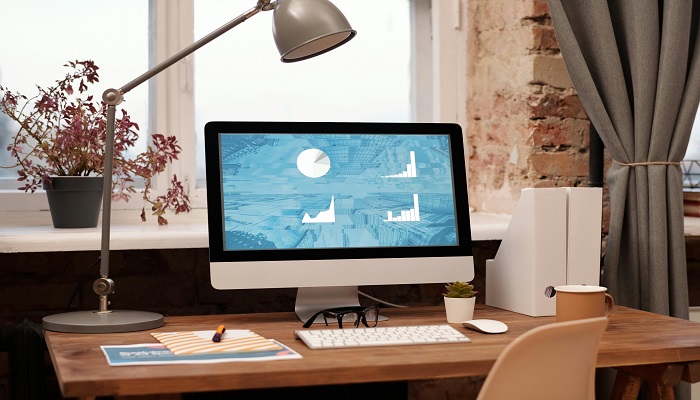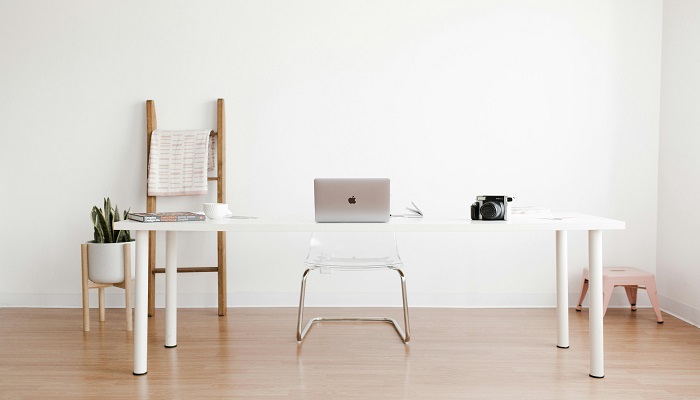Enhance Your Workspace with a Stylish Office Wood Table
In today’s dynamic work environment Office wood table you choose can significantly impact productivity, comfort and aesthetics. Among essential pieces of office furniture, the office wood table stands out for its versatility, durability and timeless appeal. This article (however) explores various aspects of office wood tables: including their types, benefits, design considerations and maintenance tips. Although many options exist, choosing right one is crucial, because it can enhance overall atmosphere of the workspace. However, one must consider personal preferences and office needs, as this will ultimately dictate most suitable choice.
Understanding Office Wood Tables
A wood table (in an office) can serve various purposes: from a simple desk for individual tasks to large conference tables for collaborative meetings. These tables are typically crafted from different types of wood (each offering unique characteristics that influence their appearance and functionality). Considerations and maintenance tips are important. Although many options exist, choosing the right one is crucial (because it can enhance the overall atmosphere of the workspace). However, one must consider personal preferences and office needs (as this will ultimately dictate the most suitable choice).

Types of Office Wood Tables
Desks : These represent the most common office wood table crafted for individual work. They come in various styles (such as traditional, modern and ergonomic designs).
Conference Tables: Larger wood tables intended for meetings and collaborative work; they often feature more formal designs and can accommodate multiple users (however, their size may limit placement options.
Workstations: These tables are specifically designed for tasks and may include built-in storage or specialized features tailored to particular professions (although they can be expensive).
Collaborative Tables: Ideal for team projects, these tables promote interaction and brainstorming among team members.
Reception Tables: Often found in waiting areas, these tables create a first impression of a company, reflecting the brand’s identity (because this is crucial for attracting clients).
Types of Wood Used
The selection of wood profoundly influences (1) aesthetics and durability of table. Common varieties of wood utilized for office tables include:
Oak: Recognized for its strength and durability, oak possesses beautiful grain that adds character to any office (2).
Maple: Maple wood is lighter and frequently (3) incorporated into modern office designs, providing clean and sleek appearance.
Mahogany: This rich, dark wood exudes elegance; however, it is often reserved for high-end office furniture (4).
Pine: A more budget-friendly alternative, pine is lightweight and easy to work with, making it popular for casual office settings—this is because it adapts well to various styles (5).
Walnut: Celebrated for its rich color and fine grain, walnut wood tables can serve as stunning focal points in office .

Benefits of Office Wood Tables
Choosing an office wood table has numerous advantages that contribute to a positive work environment.
Durability and Longevity
High-quality (wooden) tables are built to endure. With appropriate care, they can withsand years of use, thereby making them a wise investment for businesses. Unlie plastic or particleboard furniture, solid wood tables resist wear and tear (maintaining their appearance) over time; however, this durability comes at a price.
Versatility
Wood tables (1) can be utilized in multiple settings. Whether it’s a home office, (2) corporate environment, or a creative workspace, wooden tables adapt to various styles and functionalities. They can easily be repurposed or rearranged; however, as office needs evolve.
Comfort and Ergonomics
Numerous wooden tables (1) crafted with ergonomics in mind; they can (2) be customized in height and shape (3) to promote comfortable working conditions. A well-designed table can reduce strain on body (4), enhancing productivity (5) and employee well-being. However, some may find that these tables do not suit their needs. Although this is not always the case, it is important to consider individual preferences (because) what works for one may not work for another.
Eco-Friendliness
Selecting sustainably sourced wood tables (1) can be an environmentally conscious decision; however, numerous manufacturers prioritize eco-friendly practices. They often utilize reclaimed wood or sustainably harvested materials (2), because this approach aids in reducing deforestation and promoting responsible forestry. Although some may disregard these options, its essential to acknowledge their impact on the planet.
Increased Productivity
A comfortable (and aesthetically pleasing) workspace can significantly boost morale and productivity. Employees are more likely to be engaged and focused; however, when they have a pleasant environment in which to work, the natural beauty of wood (because it is calming) can also reduce stress, contributing to overall well-being—this effect is particularly pronounced in creative tasks. Although some might argue for minimalism, many find that a warm atmosphere fosters greater engagement.
Design Considerations for Office Wood Tables
When selecting an office wood table, several design considerations come into play:
Size and Scale
Consider (1) the size of your office (2) and intended use of the table. A large conference table may be necessary for team meetings; however, compact desk might suffice for home office. Ensure there’s enough space to move around comfortably (because this’s crucial for productivity). Although dimensions matter, arrangement is equally important.
Style and Aesthetic
The table’s design (indeed) should align (with) the overall theme of your office: whether you prefer a sleek modern look or classic traditional style, there are wooden tables available in various finishes (and) designs to suit (your) taste. However, this can be challenging; because choices abound. Although options are plentiful, they might not always meet (your) expectations.

Functionality
Consider (the) manner in which the table will be utilized: will it necessitate built-in storage? Should it (be) modular for ease of rearrangement? Understanding the intended use is crucial; however, it assists you in selecting a table that effectively meets your needs (because) of this.
Quality and Construction
Investing (in a well-constructed) wooden table is essential; however, one should look for tables made from solid wood with sturdy joinery. Avoid flimsy particleboard options that may not withstand (the) rigors of daily use. Although these choices might seem appealing, they often fail because of their lack of durability. This consideration is crucial: particularly for those who value quality.
Finish and Maintenance
The finish (of wooden table) affects both its appearance and maintenance; some finishes require more upkeep (than others). Consider your willingness (to maintain) the table and choose a finish that aligns with your lifestyle. However, this can significantly influence your choice. Although some options may look appealing, they might demand excessive care. Because of this, it’s essential to think carefully about your decision.
